
Staff welcome all kinds of visitors to our cemeteries around the world. And one group always receives VIP treatment—our World War II veterans.
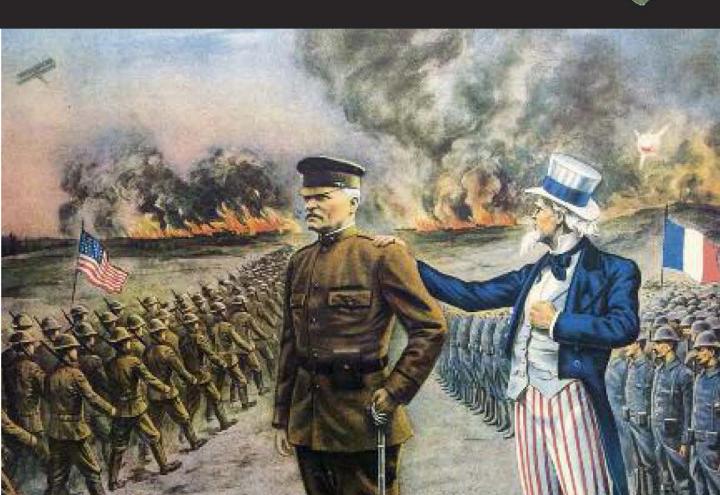
ABMC, in partnership with the National Park Service and the U.S. World War I Centennial Commission, has published "World War I Remembered." This collection of essays by eminent World War I scholars can provide new insights and information to those familiar with the events of 100 years ago or paint a clear picture of what occurred for those who are new to the topic.
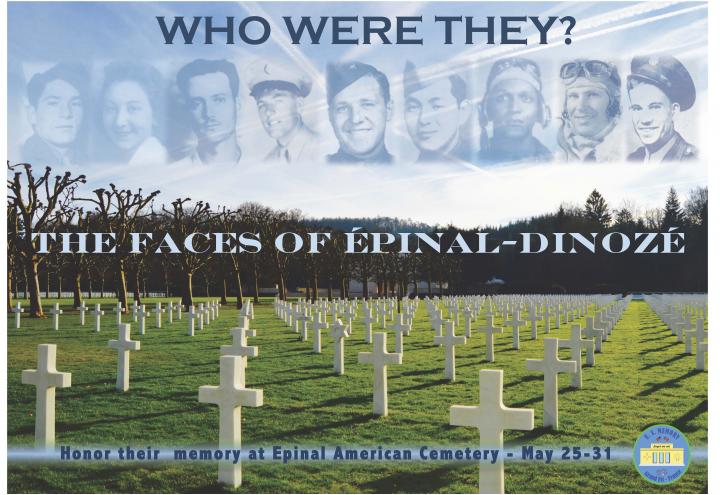
Epinal American Cemetery will host Faces of Epinal-Dinozé. During this special exhibit you can walk these hallowed grounds, and see the faces of the men and women who paid the ultimate sacrifice in the fight to liberate Europe during World War II.
Many towns and villages near our cemeteries in Europe have a deep appreciation for the American sacrifice, and they want to ensure it’s not forgotten as we become further removed from World War II.
Last month marked the 100th anniversary of the United States entering World War I. Commemorations have been big and small. They’ve been private and public. Each takes on a unique focus.
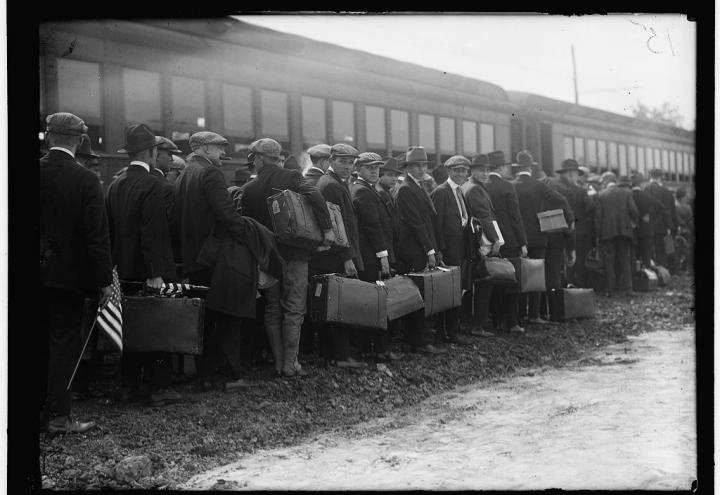
The United States declared war on Germany with a small standing army. There were just over 120,000 men in the U.S. Army, and 180,000 in the National Guard. A radical transformation had to occur to meet the needs of participation in a global conflict.

The renovated visitor center at Meuse-Argonne American Cemetery will be dedicated with a ribbon-cutting ceremony on May 28, 2017, immediately following the Memorial Day ceremony. One
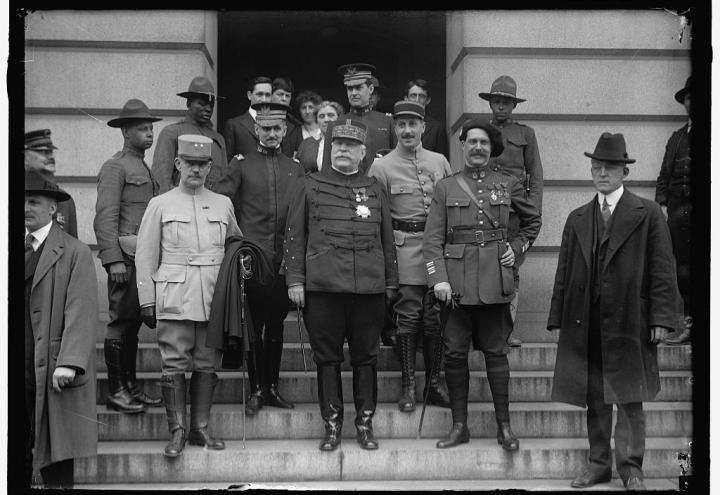
After the U.S. declaration of war in early April 1917, the American government began preparations in earnest. For a conflict that had been ongoing for nearly three years, this opportunity for a major momentum shift enlivened the Allies.
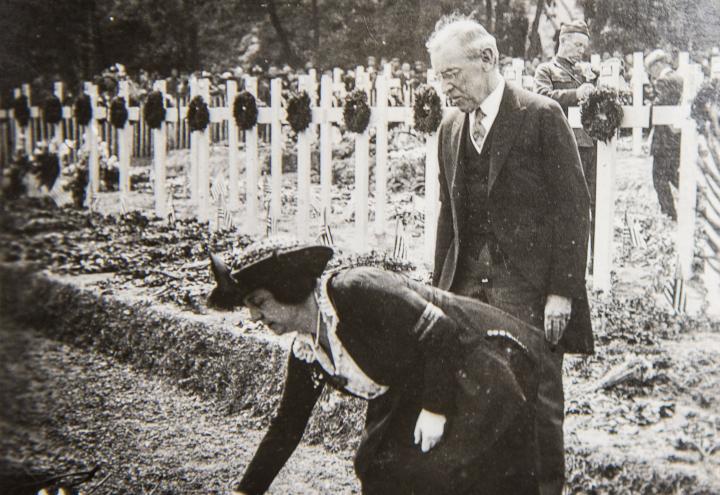
On Tuesday, May 16 at 1 p.m. eastern the American Battle Monuments Commission hosted its first Facebook live chat. In the aftermath of World War I, President Woodrow Wilson and General of the Armies John J.
